Countries With The Worst Quality Of Life: The nations with the lowest quality of life demonstrate that, despite tremendous global progress and a notable rise in living standards over time, these gains have not been dispersed equally among the world’s nations. Even while there are still some developed countries in the globe, the great majority of people live in developing economies, many of which still struggle to meet basic needs like access to opportunity, infrastructure, and safety.
Certain nations are fantastic locations to call home. They enjoy stable governments, affordable consumer pricing, a large number of employment possibilities, extensive social programs, and strong national security, health, and education systems. They might even have lots of natural areas, like national parks, and a strong cultural and artistic community. These characteristics are typical of wealthy and developed nations, which are typically pleasant places to live. However, living in a poor nation might make you a victim of life’s tragedy, which is the worst thing that can happen to anyone.
Being impoverished equates to death since conditions in these areas are atrocious, and you will be unable to live a fulfilling life without access to essentials like clean water, food, jobs, healthcare, education, and other necessities. Elevated levels are only found in things that guarantee the worst possible living, such as pollution, illiteracy, diseases, unemployment, and killings. These characteristics are among those that are frequently linked to nations that have the worst quality of life. We will look at these nations that are thought to have the lowest levels of living in this article.
Recommended: Safest cities in india for tourists
Top 10 Countries With The Worst Quality Of Life
1. Congo: The Democratic Republic of the Congo (DRC) is home to a wealth of valuable natural resources, such as oil and copper, as well as a stunning landscape that used to draw wealthy tourists from all over the world. However, political instability has plagued the DRC, making life difficult for the Congolese people.
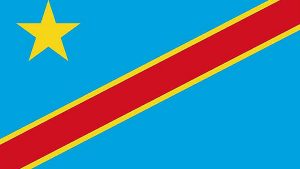
There are several different indigenous peoples (IPs) living in the Democratic Republic of the Congo (DRC). These IPs have experienced discrimination, forced relocation from their original territories, and limited access to essential services like healthcare and education.
2. Malawi: One of the least developed nations is Malawi. Since obtaining independence in 1964, it has likely never seen a worse economic crisis than the one it is currently going through. Malawi is regarded as a politically stable and tranquil nation. Nonetheless, this landlocked nation in southeast Africa has enormous obstacles.
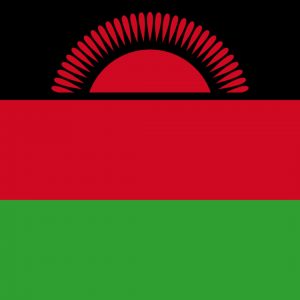
These include high rates of poverty, pervasive malnourishment, inadequate health care, low educational attainment, and rapid population increase. The government is eager to implement reforms and further Malawi’s growth, but because of low public funds and ineffective administrative procedures, it is unable to meet the basic requirements of the populace.
Also see: Most Beautiful Cars In The World 2024 (With Pictures)
3. Central African Republic: The Central African Republic, which is still among the world’s poorest nations, faces significant issues with its human capital. The CAR has made only modest strides in economic development in the forty years since it gained independence. Its budget and exterior trade are both in deficit due to economic mismanagement, inadequate infrastructure, a small tax base, a lack of private investment, and unfavorable external circumstances.
The Central African Republic’s landlocked location, inadequate transportation infrastructure, and predominantly unskilled labor force are significant impediments to economic growth.
4. Liberia: In Liberia, nearly half of the population is impoverished. Many people still suffer from the effects of the 14-year civil war, which came to an end in 2003. Numerous Liberians lost their health and economic standing as a result of the COVID-19 and Ebola outbreaks, which were accompanied by very inadequate public services and infrastructure. Long-term malnutrition is a serious public health concern, and less than 10% of the people have access to safe toilets and clean water.
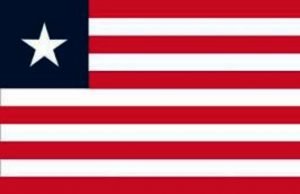
Numerous environmental problems still affect Liberia today, including pollution of the coastal waterways, widespread deforestation of the tropical rainforest, soil erosion, loss of biodiversity, etc.
Also see: States With Good/Best Roads in Nigeria 2024
5. Madagascar: One of the world’s poorest nations, Madagascar is continually impacted by the fallout from political violence and colonization. Madagascar has suffered from poor growth and enduring poverty for many years, partly as a result of ineffective government, insufficient development of physical and human resources, and a delayed structural reform.
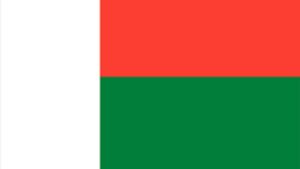
Growing climatic crises and increased susceptibility to outside shocks worsen the issue. Moreover, Madagascar has one of the highest rates of poverty in the world as a result of rapid population expansion and sluggish economic growth.
6. Eritrea: Despite being among the world’s poorest nations, Eritrea is among the nations with the newest independence. After 30 years of conflict, Eritrea gained independence from Ethiopia in 1993, but since then, it has struggled as a small, extremely impoverished nation with several socioeconomic issues.
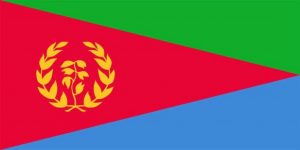
Like many other African countries, the majority of people in Eritrea work in agriculture, and the country’s economy is mostly focused on subsistence farming. One reason for Eritrea’s rural poverty is the country’s strong reliance on subsistence farming. Insufficient funding and badly executed initiatives to reduce poverty in rural areas have impeded government efforts to combat it.
Recommended: Countries with the best education system in the world
7. Zimbabwe: Zimbabwe’s mining and agricultural sectors formerly drove the nation ahead, making it one of Africa’s emerging economies. But today’s Zimbabweans face industrial inefficiency, hyperinflation, internal corruption, and conflict. A deeper examination of the nation sheds light on Zimbabwe’s poverty situation. Zimbabwe is a low-income nation dealing with several political and economic issues.
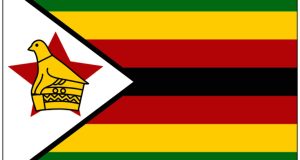
The nation boasts a highly educated populace, abundant natural resources, and significant potential for manufacturing and agriculture; nonetheless, institutional and political barriers continue to impede its progress.
8. Burundi: Burundi, a landlocked nation in East Africa with a high population density, is among the world’s poorest nations, with almost 70% of its people living in poverty. With the majority of children under five being stunted and significantly greater rates of malnutrition in rural communities, the levels of food insecurity are concerning.
Poverty, rapid population increase, susceptibility to shocks connected to the environment, a lack of access to clean water, and deteriorating access to essential services like health and education are some of the factors contributing to food insecurity in Burundi.
Recommended: Importance Of Lawyers In The Society
9. South Sudan: Children in South Sudan are particularly affected by the complicated humanitarian crisis that has arisen since the country’s independence in 2011. An increase in food scarcity, hunger, and malnutrition has been caused by the convergence of conflict, natural catastrophes, poverty, and mass displacement. Extreme droughts that struck in 2011 and 2015 were extremely difficult.
Between 2014 and 2023, the nation saw six destructive floods. livestock is essential to South Sudanese livelihoods, and these natural disasters have caused livestock deaths, displacements, and fatalities. The South Sudanese people’s resilience has been severely strained by the effects of these events.
10. Afghanistan: Afghanistan needs to improve the quality of life there. Currently, just 6% of people have access to electricity; as a result, they must rely on other sources of heat throughout the cold months of the year. Not only have decades of conflict and climate change destroyed infrastructure but millions have been forced to leave their homes.
Soaring food prices and a severe lack of employment chances for numerous unemployed individuals only serve to intensify the never-ending loop of droughts and natural disasters. Over half of Afghans are dependent on humanitarian help, whilst over 90% of the population lives in poverty.
Recommended: Exceptions To The Principle Of Separate Legal Personality
Conclusion
Apart from the fundamental concepts of having ample access to food, shelter, good healthcare, education, and work, quality of life can also involve intangibles like personal freedom, political stability, work security, and a healthy environment. Taking these variables into consideration, the aforementioned countries are regarded as having the lowest quality of life because they do not meet the standards.

Edeh Samuel Chukwuemeka, ACMC, is a lawyer and a certified mediator/conciliator in Nigeria. He is also a developer with knowledge in various programming languages. Samuel is determined to leverage his skills in technology, SEO, and legal practice to revolutionize the legal profession worldwide by creating web and mobile applications that simplify legal research. Sam is also passionate about educating and providing valuable information to people.